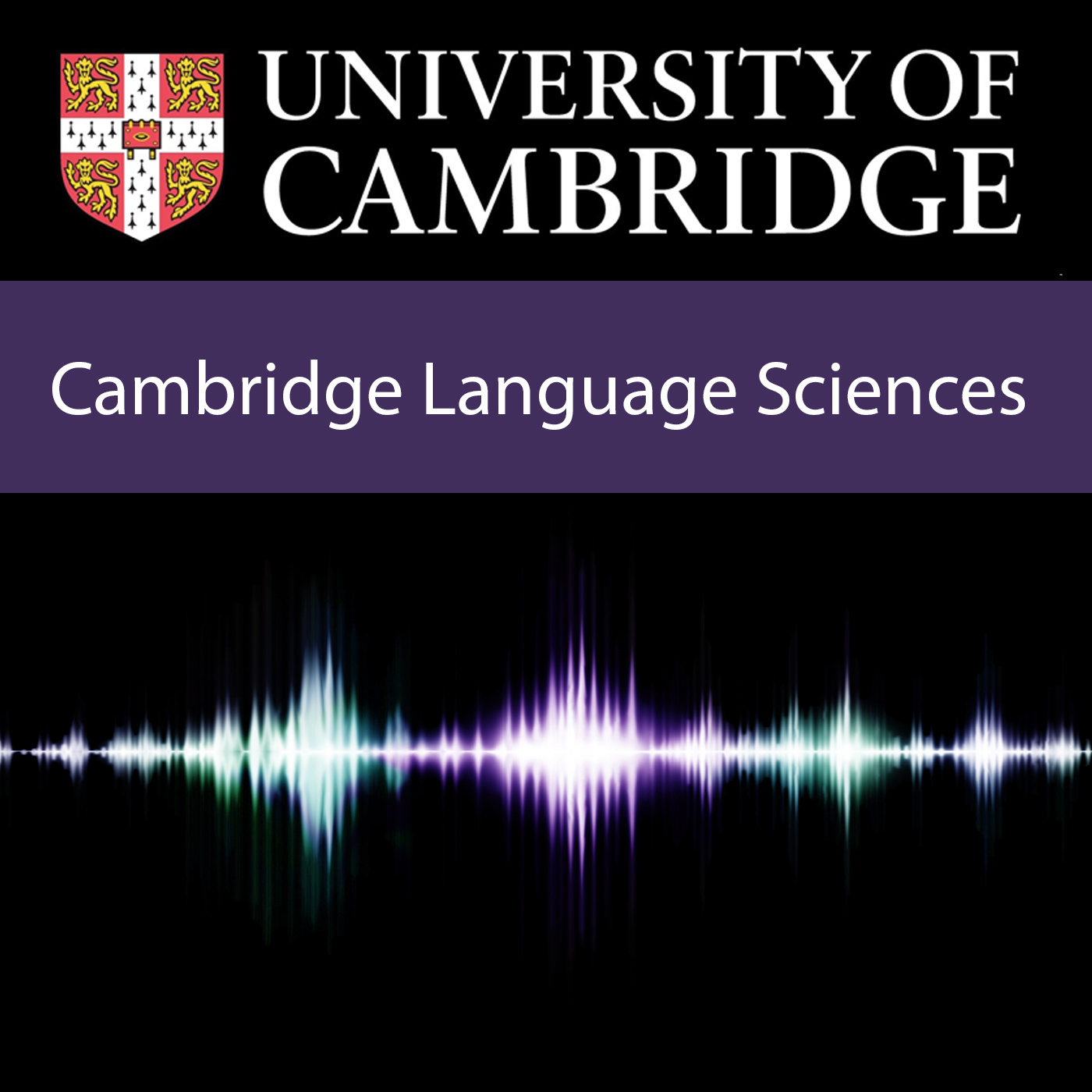Tudor Networks of Power
Duration: 31 mins 32 secs
Share this media item:
Embed this media item:
Embed this media item:
About this item

| Description: | Talk by Dr Sebastian Ahnert, Dept. of Chemical Engineering & Biotechnology (University of Cambridge) & Alan Turing Institute |
|---|
| Created: | 2020-11-24 12:25 | ||
|---|---|---|---|
| Collection: |
Language Sciences Annual Symposium 2020 - What Next? Future Directions in Language Research
Cambridge Language Sciences |
||
| Publisher: | University of Cambridge | ||
| Copyright: | Dr Sebastian Ahnert | ||
| Language: | eng (English) | ||
| Distribution: |
World
|
||
| Keywords: | Digital Humanities; Data mining; Network analysis; Historical archives; | ||
| Credits: |
|
||
| Categories: |
iTunes - History iTunes - Humanities |
||
| Explicit content: | No | ||
| Aspect Ratio: | 4:3 | ||
| Screencast: | No | ||
| Bumper: | UCS Default | ||
| Trailer: | UCS Default | ||
| Abstract: | The digitisation of historical archives provides the opportunity to interrogate historical sources from entirely new vantage points. We describe here the curation and analysis of a large historical correspondence network derived from the Tudor State Papers, spanning almost 100 years, from 1509 to 1603. The network connects 22,000 individuals, who sent 130,000 letters across this period. We often know the exact day on which a letter was written, as well as 5,000 geolocations from which the letters were sent, spanning Europe, the Americas, and Asia, giving a fascinating insight into Early Modern mobility. In addition we have detailed information on the letter contents - machine-readable synopses of the letters in digital form, and images of the original letter manuscripts. The historical nature of the data means that extensive disambiguation and de-duplication of all person identities and place names was undertaken. Using combinations of different network measures to create network signatures we are able to identify different roles that individuals played in this network. These findings are then further contextualised through close-reading of the letter manuscripts. We can also connect the network perspective to text analysis of the letter contents, showing which topics were discussed disproportionately often at a given point in time, and what sub-networks of individuals were discussing them. More generally our aim is to show how historical scholarship can benefit from large-scale network analysis, text-mining, and related quantitative methodologies. |
|---|---|
Available Formats
| Format | Quality | Bitrate | Size | |||
|---|---|---|---|---|---|---|
| MPEG-4 Video | 640x360 | 1.51 Mbits/sec | 359.19 MB | View | Download | |
| WebM | 640x360 | 501.28 kbits/sec | 115.84 MB | View | Download | |
| iPod Video | 480x360 | 483.61 kbits/sec | 111.69 MB | View | Download | |
| MP3 | 44100 Hz | 249.75 kbits/sec | 57.74 MB | Listen | Download | |
| Auto * | (Allows browser to choose a format it supports) | |||||

